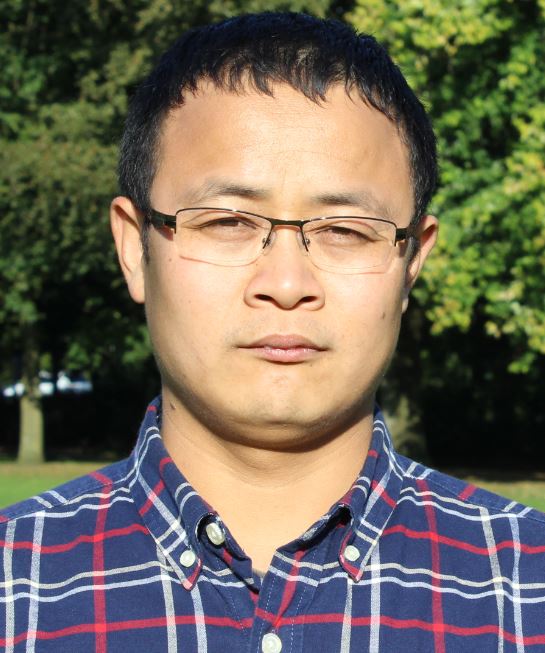Dr Zhiwei Gao
Published: 9 November 2021
Finite element modelling of offshore wind turbine foundations

| Dr Zhiwei Gao |
Zhiwei.Gao@glasgow.ac.uk |
| James Watt School of Engineering |
|
| Fellowship |
Royal Academy of Engineering Industrial Fellowship (2021-2022) |
| Area of Research | Finite element modelling of offshore wind turbine foundations (OWTF), mechanical response of soils. |
Why did you choose to pursue a fellowship in your research career?
I am currently working with Geowynd (https://geowynd.com), a small company with special expertise in offshore wind turbine foundation design. Their business is closely related to my research on constitutive modelling of soils. Working with Geowynd will increase the impact of my research and lead to more collaborative research projects with industry.
Why work at the University of Glasgow?
I joined the School of Engineering at University of Glasgow as a Lecturer in Geotechnical Engineering in 2013. The University of Glasgow is famous for their world-leading research in engineering. The University and School offer an excellent platform for my research.
How would you describe your research in 20 words or less?
We are developing a new method for predicting the displacement of offshore wind turbine foundations under long-term cyclic loading.
What is your research highlight?
The UK is leading the world in offshore wind energy, and the UK government has committed to more development in offshore wind power. Offshore wind turbine foundations contribute ~25% to the capital costs of wind farms and optimization of their design is key. A 3D finite element analysis (FEA)-based design philosophy is routinely adopted by the industry to model soil-structure interaction. Obtaining realistic design predictions relies on the accuracy of the adopted soil constitutive model to represent the stress-strain behaviour. In this project, we will develop a practical constitutive model for soils that can be used by geotechnical engineers for designing the foundations.
What do you look for in a collaboration?
I have been working on constitutive modelling of soils since 2010, with over 30 papers in leading international journals. My research has been well recognized by the academic community. I have been invited to give research talks in several universities and international conferences. I have been the PI of four research projects. I worked with QTS (Home | QTS Group) to develop a new design of rock catch fences with support of Innovate UK and Construction Scotland Innovation Centre. This project has helped QTS to secure £5M contract of rock catch fences from Network Rail.
When I discuss collaborations with the industry, I always think about my expertise and their expectations. I want to make sure that I can deliver what I promise. Potential for long-term collaboration is also important. I am currently working with Geowynd on offshore foundation design because many more offshore wind farms have been planned by the UK.
How do you see your research impacting society?
My research will help improve the design of offshore wind turbine foundations, which are a critical part of the offshore wind farms. This will help reduce the cost and carbon footprint for building offshore wind farms.
What next?
I am currently working with Geowynd to develop a new method for modelling the response of offshore wind turbine foundations. We have made very good progress and Geowynd is committed to more research collaboration with me in this area. We are discussing the application of more research grants from UKRI.
First published: 9 November 2021

